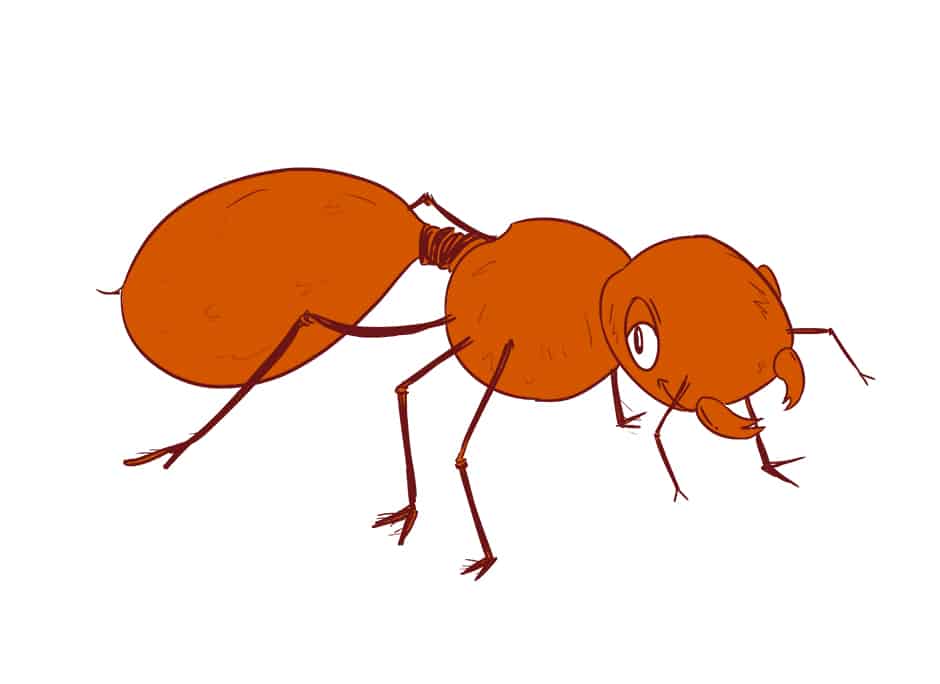Researchers at the University of Toronto have found that an invasive species of European fire ant plays a key role in the proliferation of alien plants, which are threatening the local ecosystem. Alien plants are those that are not native to the environment in question.
The fire ants — known in the scientific community as Myrmica rubra — are native to European ecosystems, acting as effective seed dispersers. However, the research conducted suggests that the fire ant favours the dispersal of harmful invasive seeds over native ones.
In Eastern North American Forests, 30 to 40 per cent of herbs such as the violet, trillium, and bloodroot spread their seeds through “myrmecochory”, or a mutualism between plants and ants. In such a relationship, both organisms benefit from the activity of the other. The ant gets to feed on the plant and the plants’ seeds are dispersed.
A team of scientists at U of T investigated how effective invasive Myrmica rubra ants are at dispersing native and alien plant seeds.
The principal investigator of the study is Dr. Megan Frederickson, an associate professor at the Department of Ecology and Evolutionary Biology. “Ecologists think invasive species might help each other to spread, but there are few good examples,” Frederickson said in a University of Toronto press release.
Frederickson also mentions a term called “invasional meltdown,” which she says refers to the very rapid takeover of ecosystems by invasive species if these invaders assist each other.
The experiment was conducted at U of T’s field station, the Koffler Scientific Reserve, where 42 small plastic pools served as mini-ecosystems that could be controlled. Each pool contained four plants: three native and one invasive species, as well as both a native ant colony and a Myrmica rubra colony.
The results of the study are published in the journal Proceedings of The Royal Society in a paper titled “Mutualism between co-introduced species facilitates invasion and alters plant community structure.”
“Even though both of the ant species in our study belong to the same guild of seed-dispersing ants, they were not interchangeable,” the authors write in their paper. Although they displayed similar behaviour, the two species seemed to spread the invasive and native plant seeds quite differently.
Both the invasive ant and the native ant preferred the alien plant, but the spread was more predominant with Myrmica rubra.
Kirsten Prior of the Department of Biology at the University of Florida is a co-author of the paper. Prior said in the release, “Unfortunately, as a result of humans rapidly moving species around the globe through trade and traffic, most ecosystems are now home to numerous invasive species.”
Prior explains that the existence of more than one species can lead to an accelerated invasion process such that the invasive species becomes dominant.


